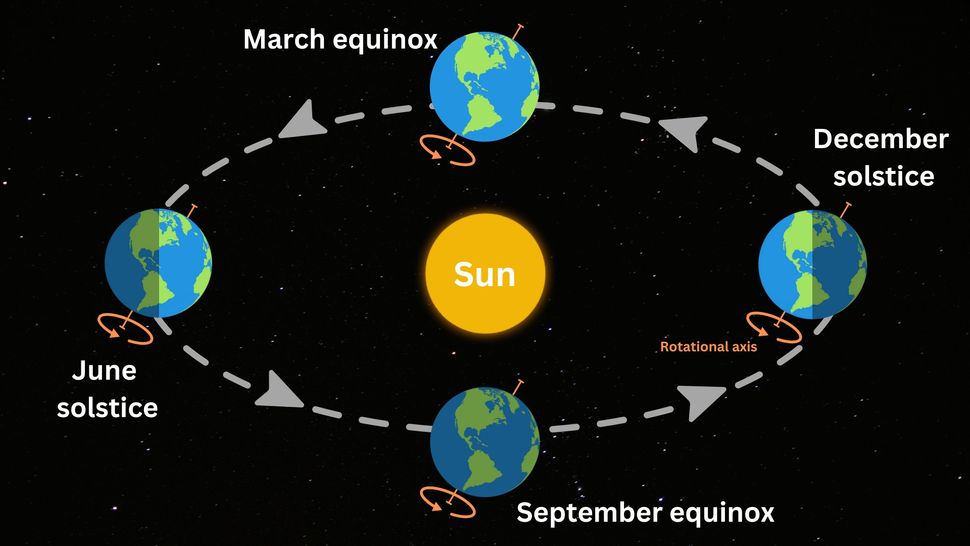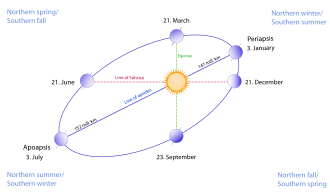On Ultra-Processed Content - Cal Newport
Ultra-processed foods, at their most damaging extreme, are made by breaking down core stock ingredients such as corn or soy into their basic organic building blocks, then recombining these elements into hyper-palatable combinations, rich in salt, sugar, and fat, soaked with unpronounceable chemical emulsifiers and preservatives....analogizing food to media content. ...passive text-based media, such as books and articles, to minimally processed whole foods. Linguistic encoding was the first information-bearing media our species developed; something we’ve been working with for over 5,000 years. ...culturally adapted to this format. As with whole foods, consuming writing tends to make us feel better, and we rarely hear concerns about reading too much.
...social media content draws on vast databases of user-generated information — posts, reactions, videos, quips, and memes. Recommendation algorithms then sift through this monumental collection of proto-content to find new, hard to resist combinations that will appeal to users...



